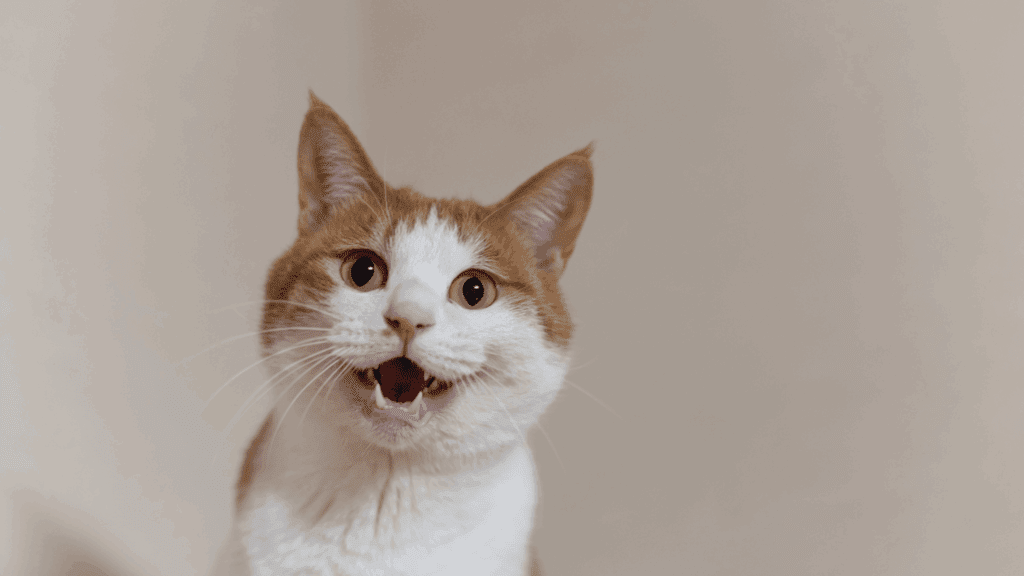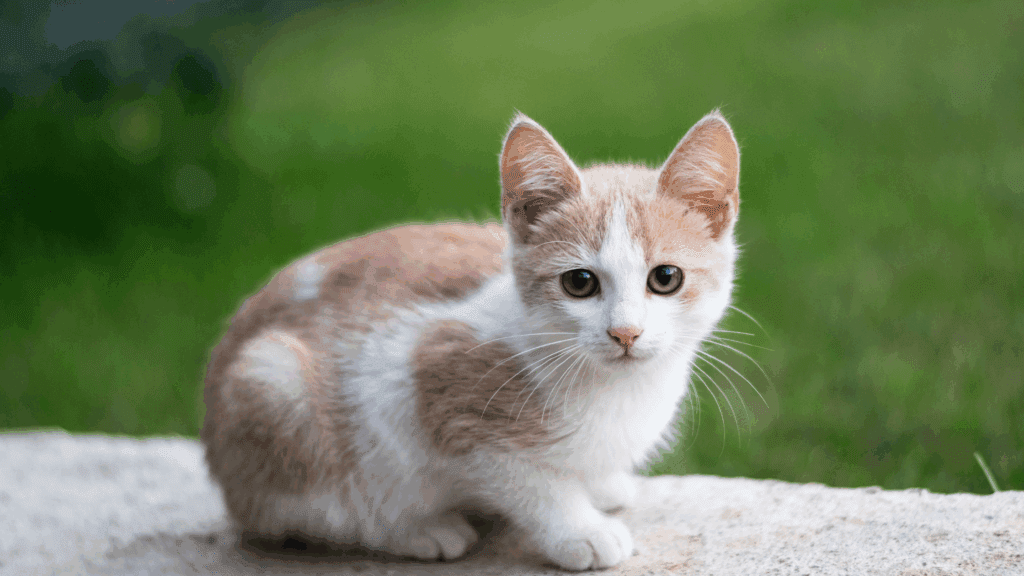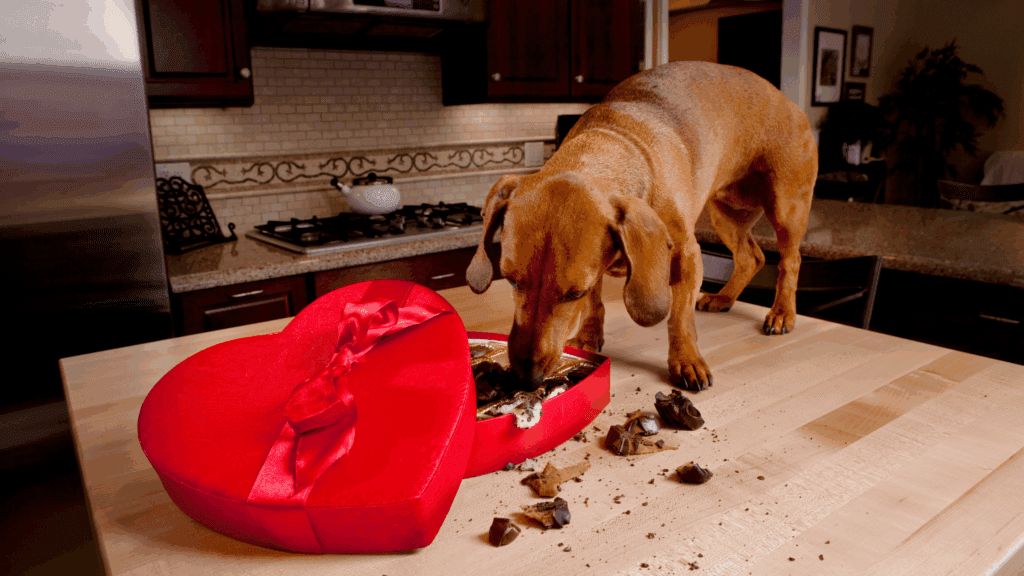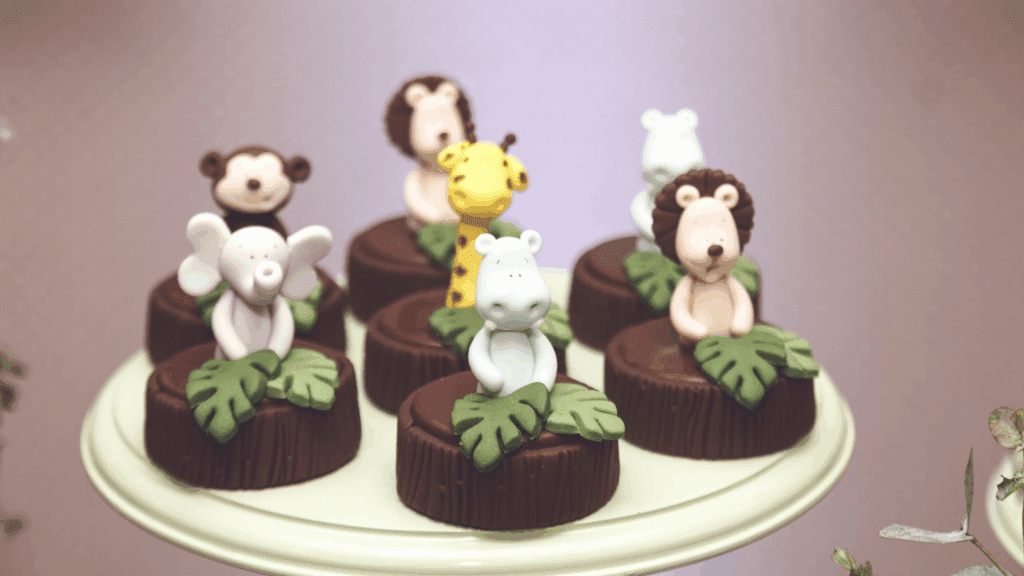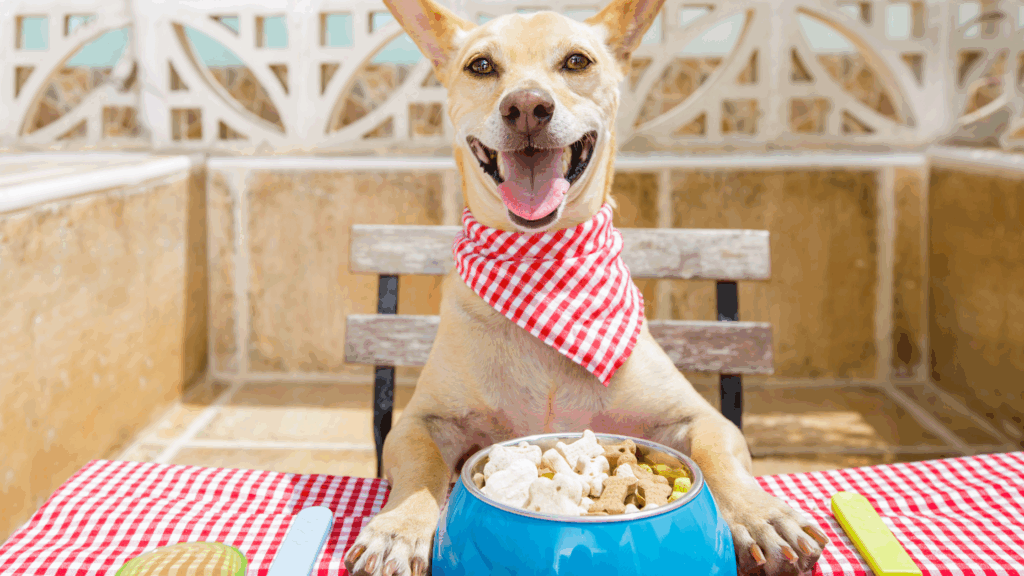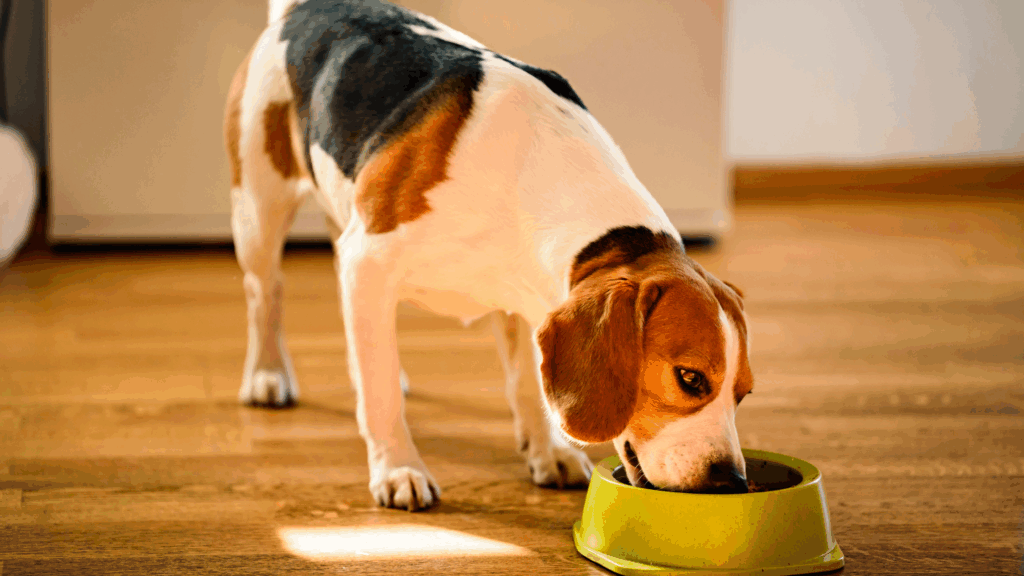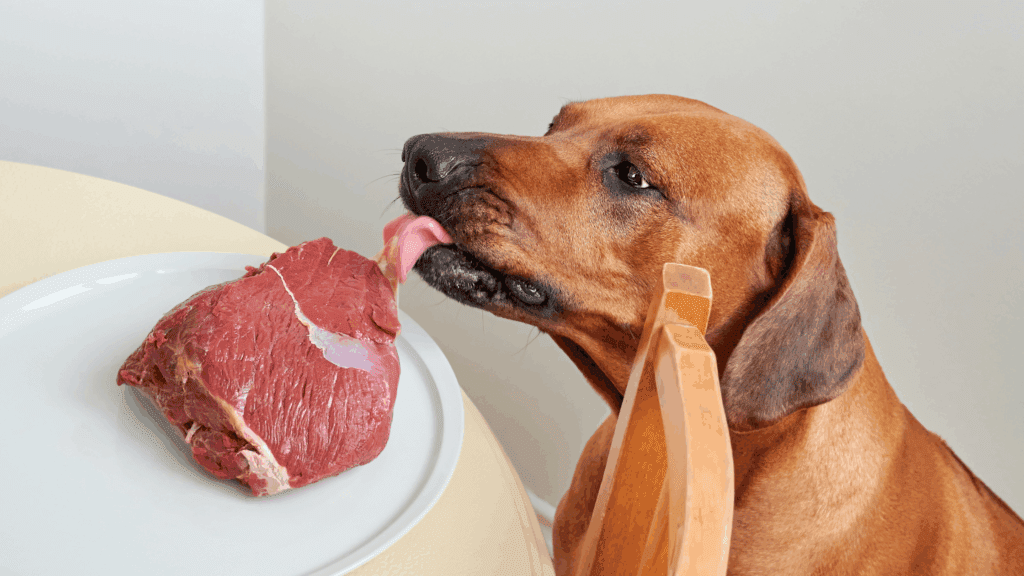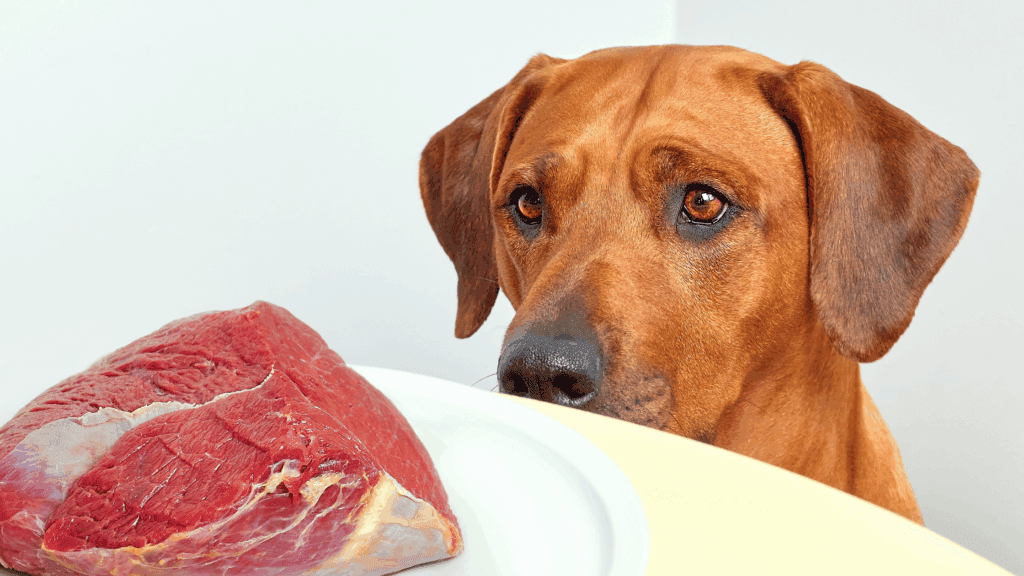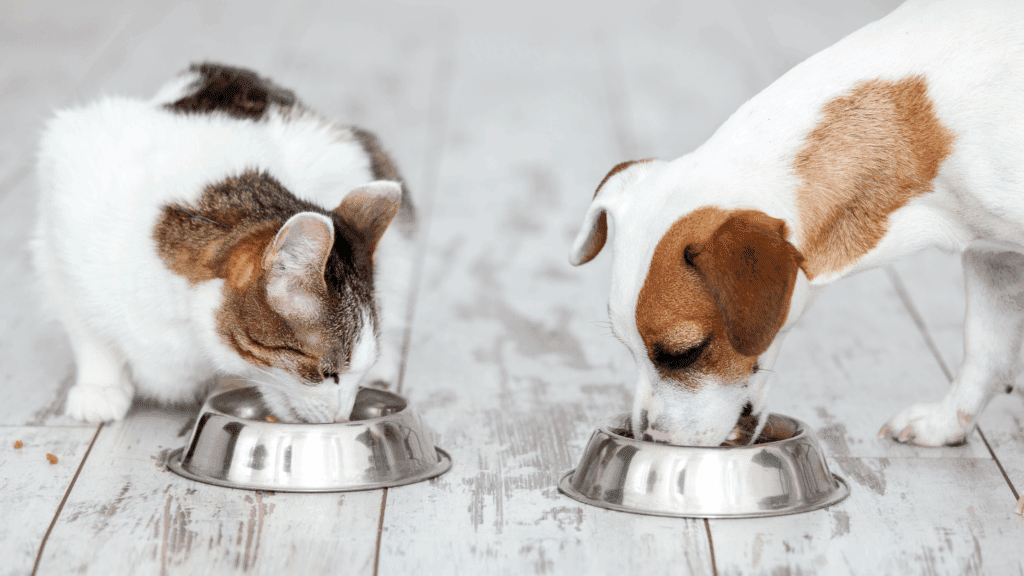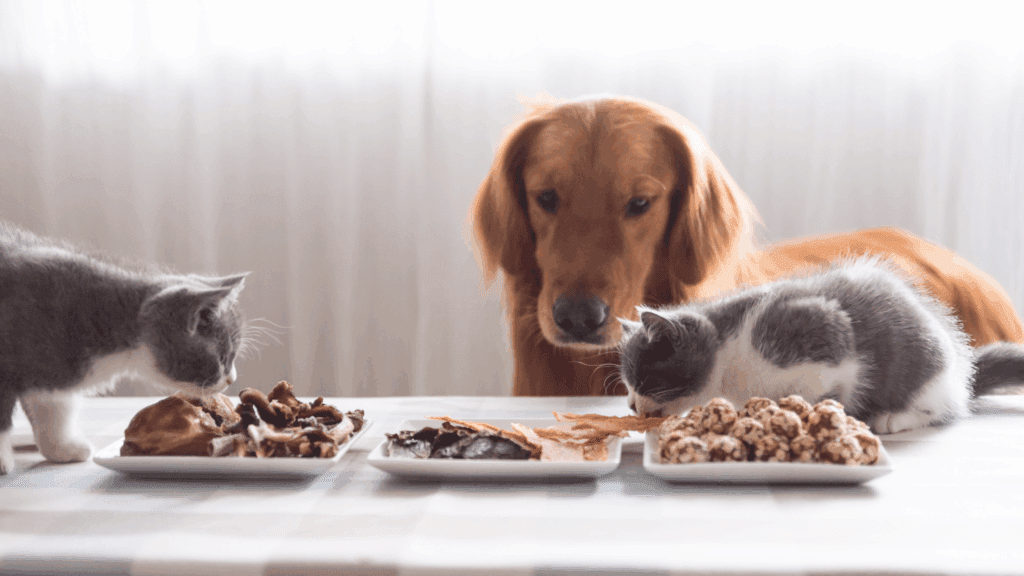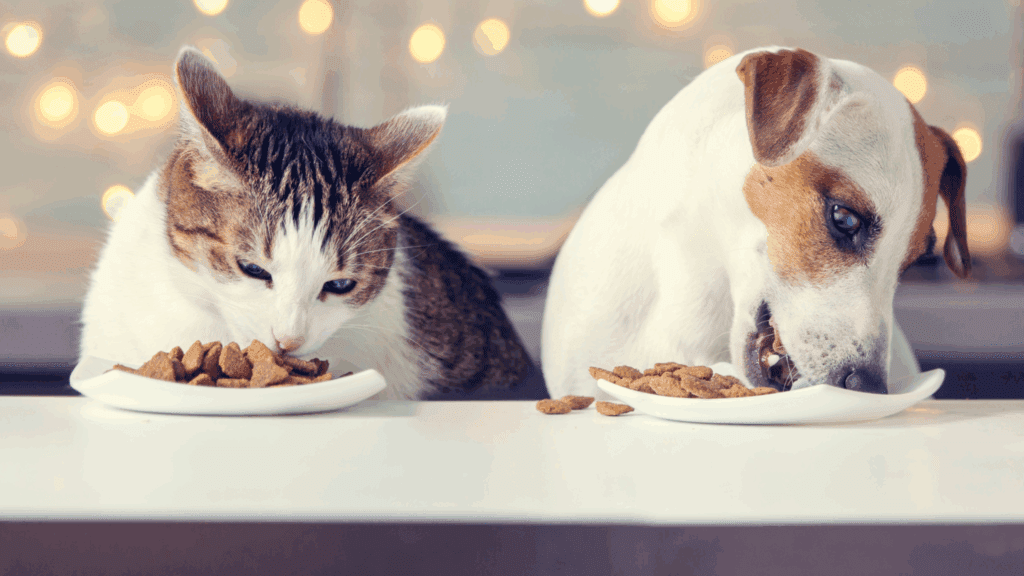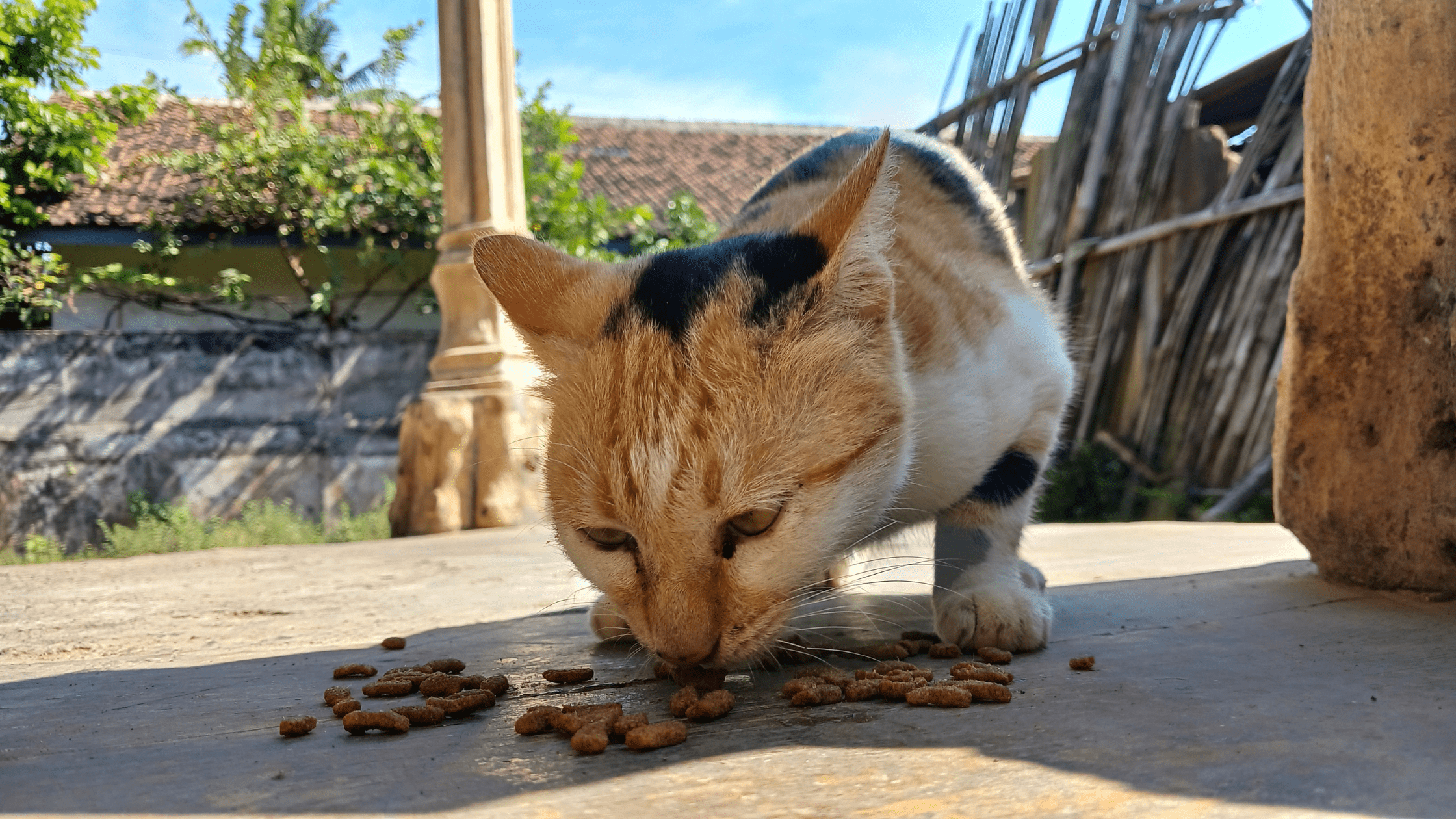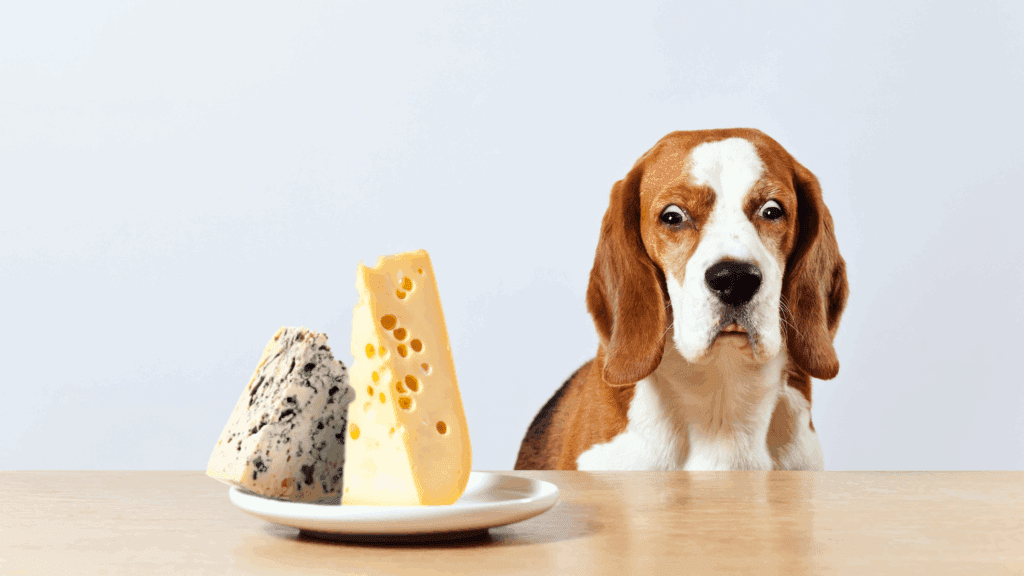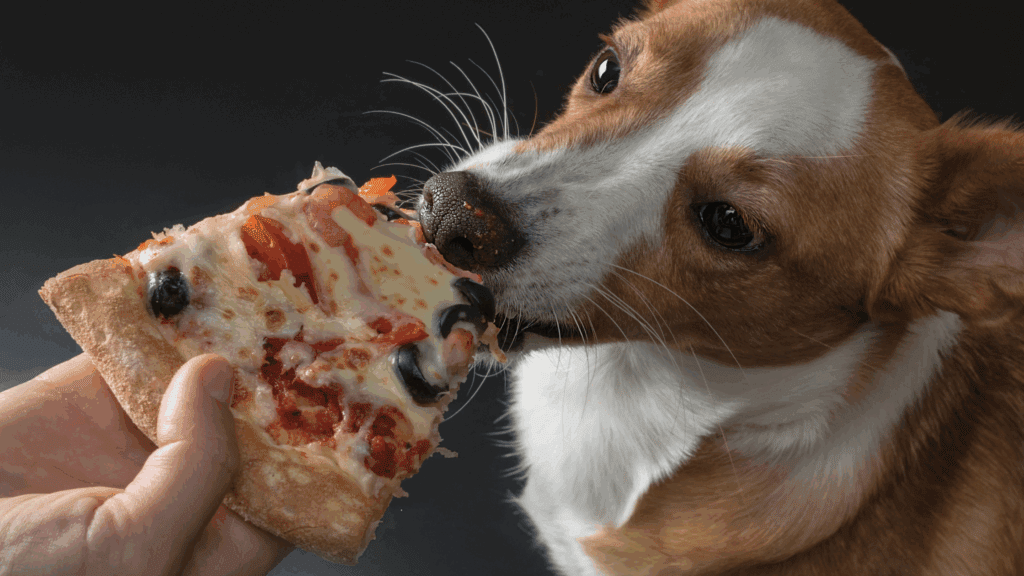Can Cats Get Hiccups? The Truth Behind Your Cat’s Funny Twitch
Have you ever noticed your cat making odd little jerks or twitching movements that almost sound like tiny “hic!” noises? You might wonder — can cats get hiccups? The answer is yes, although it’s much less common than in humans or dogs.
Interestingly, a study from the Journal of Veterinary Behavior (2024) found that around 5% of domestic cats experience mild hiccup episodes, often related to eating or grooming habits. While it’s usually nothing serious, it’s helpful for cat parents to know the signs and when it might be time to call the vet.
Let’s dive deep into what hiccups in cats mean, how to identify them, and what you can do to help your furry friend feel comfortable.
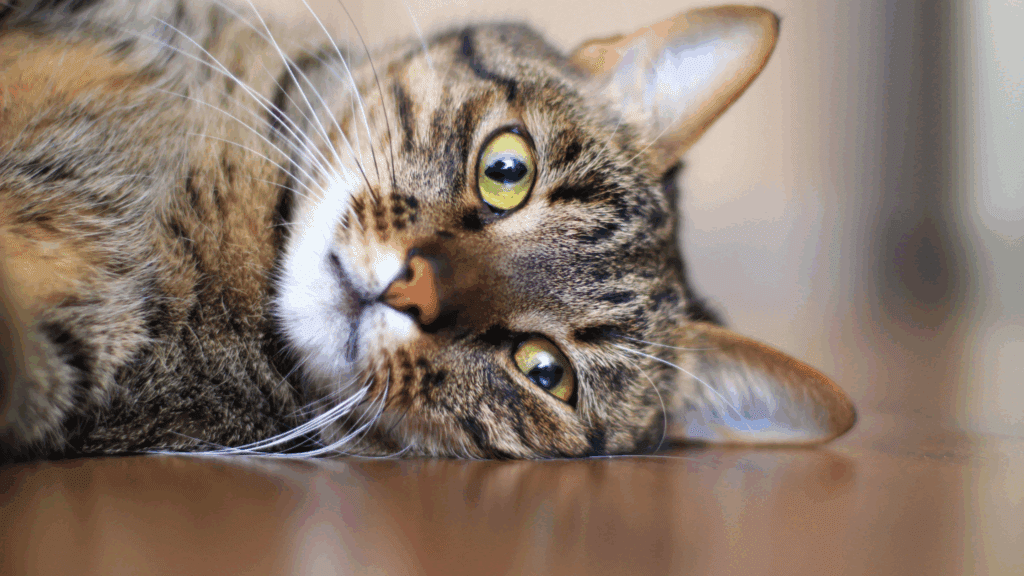
What Exactly Are Hiccups? A Quick Overview
Hiccups occur when the diaphragm muscle spasms involuntarily, followed by a quick closure of the vocal cords — that’s what creates the characteristic “hic” sound in humans.
In cats, the same thing happens but is much subtler. Cats might not make a sound, but their abdomen or throat may twitch rhythmically. Because their anatomy and behavior differ from humans, these episodes are often harder to detect.
Can Cats Get Hiccups? The Short Answer
Yes, cats can indeed get hiccups — but you may not notice them easily. Unlike humans, cats rarely make audible “hic” noises. Instead, you’ll see gentle body spasms or brief pauses in breathing, usually lasting only a few seconds to minutes.
While occasional hiccups are normal, frequent or intense ones might indicate an underlying issue like irritation in the diaphragm, hairballs, or even respiratory problems.
Why Do Cats Get Hiccups? Common Causes Explained
There are several reasons why your cat might experience hiccups. Here are the most common ones every cat parent should know:
1. Eating Too Fast
One of the leading causes of hiccups in cats is rapid eating. When cats gulp down food too quickly, they also swallow air, which can irritate the diaphragm and trigger hiccups.
👉 Tip: Slow feeder bowls or food puzzles can help your cat eat at a more relaxed pace.
2. Hairballs and Grooming Habits
Cats are meticulous groomers, but this habit can lead to hairballs. As fur accumulates in the stomach, it can cause throat irritation or hiccup-like spasms.
A diet high in fiber or regular grooming can help reduce the buildup of hairballs.
3. Respiratory Issues
Sometimes, hiccups are a symptom of something deeper, like asthma or respiratory infections. If your cat is wheezing, coughing, or breathing rapidly, these may not be normal hiccups but rather signs of airway inflammation.
4. Stress or Anxiety
Just like humans, cats can get physical reactions to stress. Changes in environment, loud noises, or new pets can all lead to mild hiccup-like spasms due to tension in the diaphragm or irregular breathing patterns.
How to Tell if Your Cat Has Hiccups or Something Else
Cats make various sounds and movements that can easily confuse owners. Here’s how to tell the difference between hiccups and other similar symptoms.
| Symptom | Sound | Duration | Possible Cause |
| Hiccups | Soft or silent twitch | Seconds–minutes | Air swallowing, irritation |
| Coughing | Harsh or wheezy sound | Sporadic | Respiratory infection, asthma |
| Sneezing | Sharp expulsion of air | Single or repeated | Nasal irritation |
| Choking | Gagging sound | Continuous | Foreign object, hairball |
1. Difference Between Hiccups and Coughing
Hiccups are usually rhythmic and mild, whereas coughing is more forceful and irregular. If your cat’s “hiccups” come with wheezing or labored breathing, it’s likely not hiccups.
2. Hiccups vs. Sneezing
Sneezing involves a loud expulsion of air through the nose, while hiccups cause internal spasms. Look for silent body jerks rather than audible sneezes.
3. Hiccups vs. Purring or Choking
Some cats make noises while purring that mimic hiccups, but purring is continuous and soothing, not jerky. Choking, on the other hand, is dangerous — if your cat seems panicked or struggles to breathe, seek veterinary help immediately.
Are Hiccups in Cats Normal or a Sign of Trouble?
Occasional hiccups are usually harmless. However, frequent episodes might signal digestive issues or respiratory concerns. If hiccups occur daily or last longer than 30 minutes, it’s worth consulting your vet.
A PetMD report (2024) suggests that prolonged hiccups can sometimes be linked to esophageal irritation or acid reflux in cats.
How Long Do Cat Hiccups Last?
Typically, cat hiccups last a few seconds to several minutes. If your cat’s hiccups persist for more than 20 minutes or interfere with eating or breathing, it’s best to seek veterinary attention.
Do Kittens Get Hiccups More Often Than Adult Cats?
Yes! Kittens tend to get hiccups more often because their diaphragms are still developing and they often eat or play too energetically. These hiccups are generally harmless and pass quickly.
You May Also Like : Why Is My Cat Drooling?
Home Remedies to Help a Cat with Hiccups
Here are a few safe and gentle ways to ease your cat’s hiccups at home:
| Home Remedy | How It Helps | Instructions |
| Encourage slow eating | Prevents air swallowing | Use slow-feeder bowls |
| Hydration | Keeps throat clear | Offer fresh water often |
| Gentle belly rubs | Relaxes diaphragm | Lightly massage your cat’s abdomen |
| Hairball control | Reduces throat irritation | Brush regularly, use hairball gel |
When to See a Vet About Your Cat’s Hiccups
If hiccups come with vomiting, coughing, or lethargy, consult your vet immediately. Persistent hiccups could be linked to:
- Respiratory infections
- Asthma or allergies
- Digestive disorders
- Foreign object ingestion
A professional examination, including imaging or blood tests, can help identify the cause.
Preventing Cat Hiccups: Tips for Pet Parents
- Feed smaller, more frequent meals
- Avoid sudden diet changes
- Keep your cat hydrated
- Minimize stress through routine and play
- Schedule regular vet checkups
These simple steps go a long way toward preventing hiccups and ensuring your cat’s comfort.
What Veterinarians Say About Cat Hiccups
Veterinarians generally agree that hiccups are rare but usually harmless. Dr. Karen Becker, a renowned integrative vet, notes that “most hiccups in cats are benign and self-resolving, often linked to fast eating or mild irritation.”
However, she warns against ignoring hiccups that occur after eating or during rest, as they can point to underlying digestive or respiratory issues.
Myths and Misconceptions About Cat Hiccups
| Myth | Reality |
| Cats don’t get hiccups | They do — just not as loudly as humans |
| Hiccups mean your cat is sick | Not always; mild episodes are normal |
| Only kittens get hiccups | Adults can too, though less frequently |
| You should scare them to stop it | Never! It can cause stress and harm |
Quick Comparison Table: Cat Hiccups vs. Other Noises
| Behavior | Typical Duration | Sound Level | Medical Concern |
| Hiccups | Few minutes | Low | Usually harmless |
| Coughing | Irregular | Moderate | Respiratory concern |
| Sneezing | Short bursts | Loud | Allergic or nasal irritation |
| Choking | Continuous | Loud & alarming | Emergency |
Conclusion: A Gentle Reminder for Cat Owners
So, can cats get hiccups? Absolutely — though it’s rare and often harmless. Hiccups in cats are usually just a quirky result of eating too quickly or swallowing air, but persistent episodes deserve attention.
By observing your cat’s habits, maintaining a healthy routine, and knowing the signs, you can ensure your furry companion stays happy and hiccup-free.
FAQs
1. How common are hiccups in cats?
Not very common — only about 5% of cats experience noticeable hiccups occasionally.
2. Are cat hiccups dangerous?
Usually not. But if they’re frequent or come with coughing or vomiting, visit a vet.
3. Do certain foods cause cat hiccups?
Yes, dry food or rapid eating can contribute to hiccups.
4. How can I help my kitten when it gets hiccups?
Encourage calm behavior, ensure hydration, and gently rub its belly.
5. Can stress cause hiccups in cats?
Yes, anxiety or stress can cause irregular breathing patterns that trigger hiccups.



